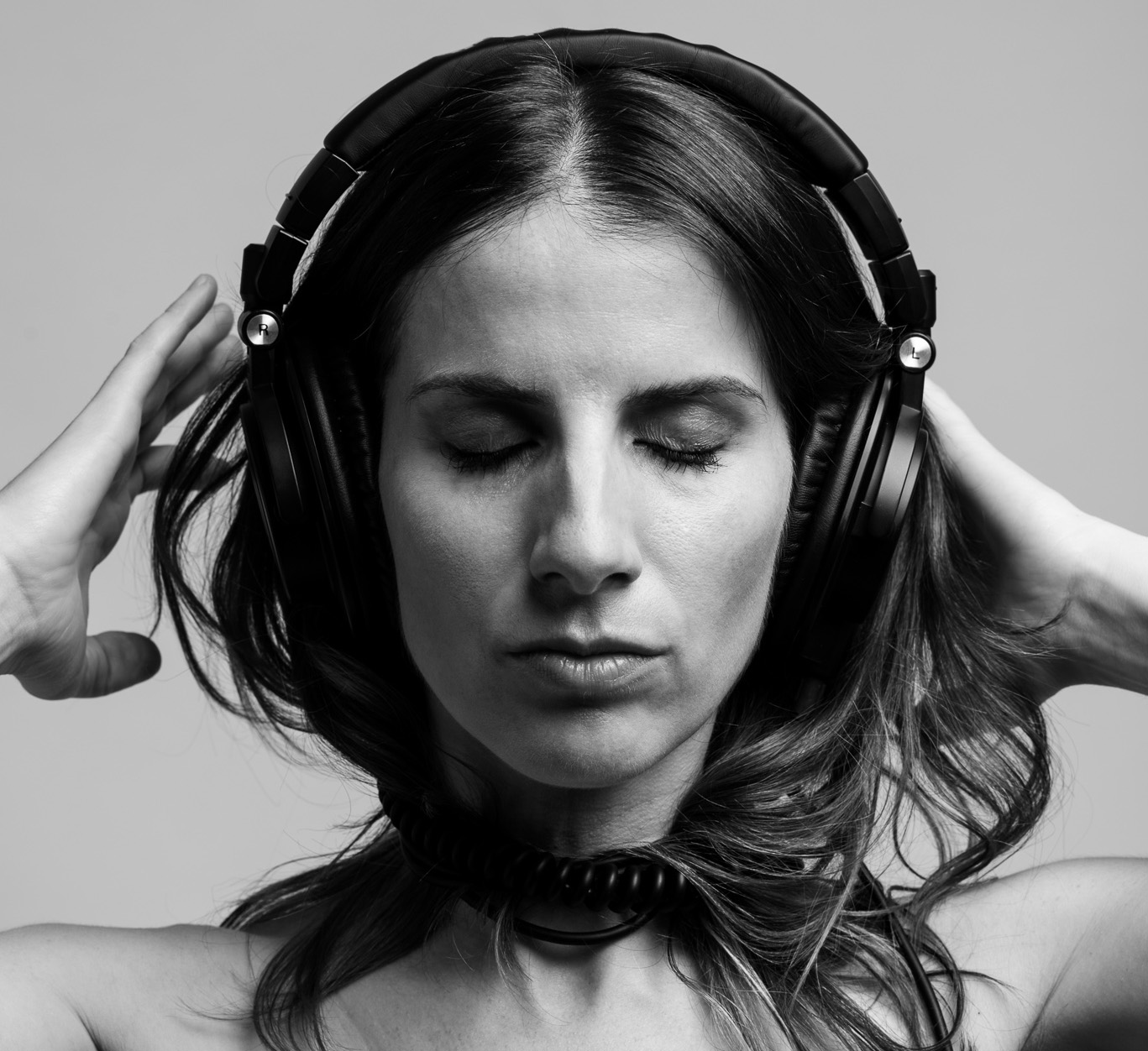Monday, October 27th, 2014

Written by Tim Hansen
Until a few years ago, composer, saxophonist and JFund awardee Erin Rogers did not have an especial bent towards science fiction; a childhood smattered with the occasional Star Trek re-run after school was about as far as it went. Then, shortly after moving to New York City in 2005 “broke but curious”, Rogers joined contemporary music ensemble thingNY, which she now co-directs. At the time, “I didn’t read much Sci-Fi,” she says, “but after spending years with the thingNY crew, they talked Sci-Fi all the time, and peer pressure eventually got to me. I decided to read all of Isaac Asimov’s short stories.”
One of her first forays into the science-fiction great’s oeuvre was Mother Earth, a dramatic story about an interplanetary war between an over-populated Earth and a utopian colony planet called Aurora. Rogers was hooked, and decided to create a piece based on Asimov’s story. However explicitly stating that her work is based on a narrative, especially one about something as dramatic as a futuristic interplanetary war, can be problematic. Doing so delves into the murky, polarising world of program music, something that Rogers specifically wanted to avoid. Every musical work, she believes, is subject to interpretation by the audience, and is an experience that she can’t dictate.
Furthermore, “a good deal of Asimov’s Mother Earth is political,” explains Rogers, “of which I wanted no connection to my score at all”. Instead, Rogers wanted to evoke the sounds and imagery of Asimov’s writing, to recreate the drama of a richly imagined battle royale spanning lightyears across the galaxy.
That, and the fact that she “wanted to write something loud.”
It was initially for this reason that Rogers decided to include electronics in Mother Earth (also scored for flute and saxophone quartet), which is a new direction for Rogers. “What first excited me about the idea of electronics,” she enthuses, “was that I could make a piece really loud. If I could increase the volume ceiling of the ensemble, it would follow that the quiet sections could feel much softer.” Rogers also exploited the contrasts between the acoustic instruments and the electronic elements, saying “I wanted the electronics to exist in a different sound world than the ensemble, a different character with its own voice”.
Her close association with thingNY has done more for Rogers than merely developing a taste for Asimov, however. “thingNY has been a huge influence on my concept of what art is and can be, how music fits into art, how theatre and performance art fit into music, and the inverse,” says Rogers. “It’s like a class that meets regularly, except it’s not a class, it’s project-based, and there’s always something we’re working on. We sing, we act, we move, I listen to their music, I hear my music played by them, I hear their ideas, I offer my ideas to be critiqued and molded. We learn from each other’s experiences, support each other, attend each other’s performances, and are an incredibly close family of artists who live through their art and strive to make something meaningful”.